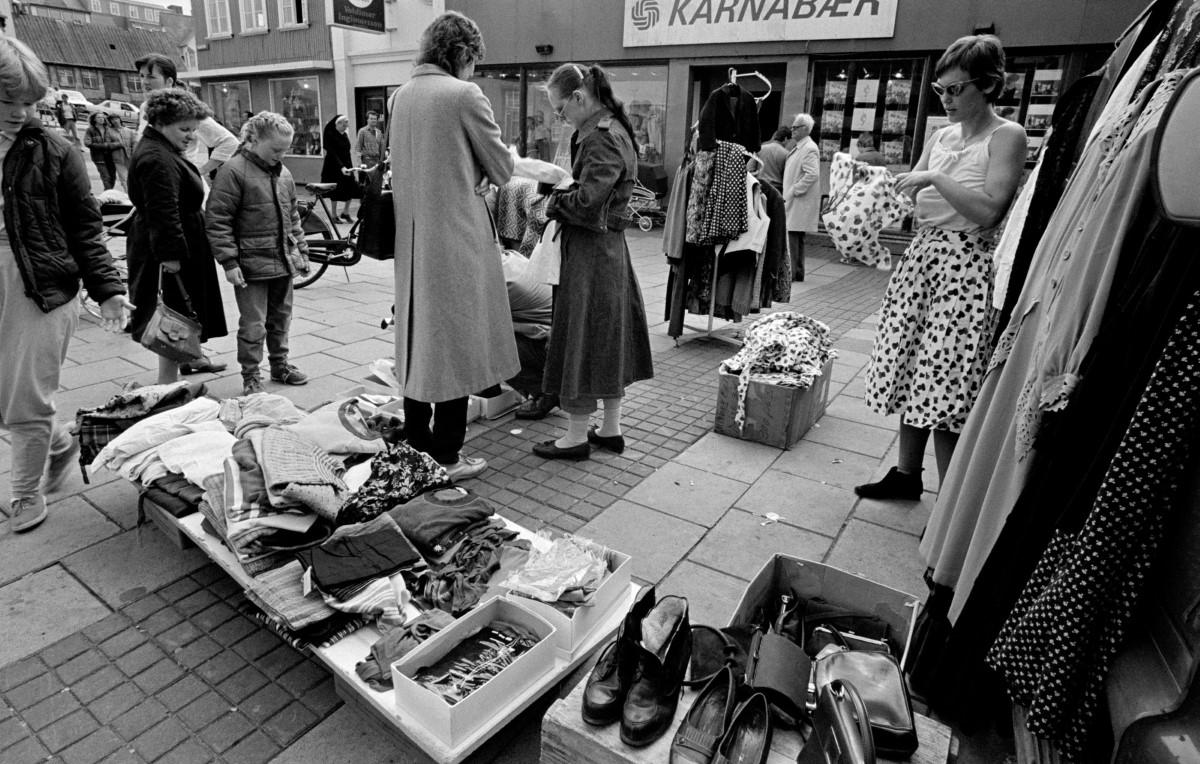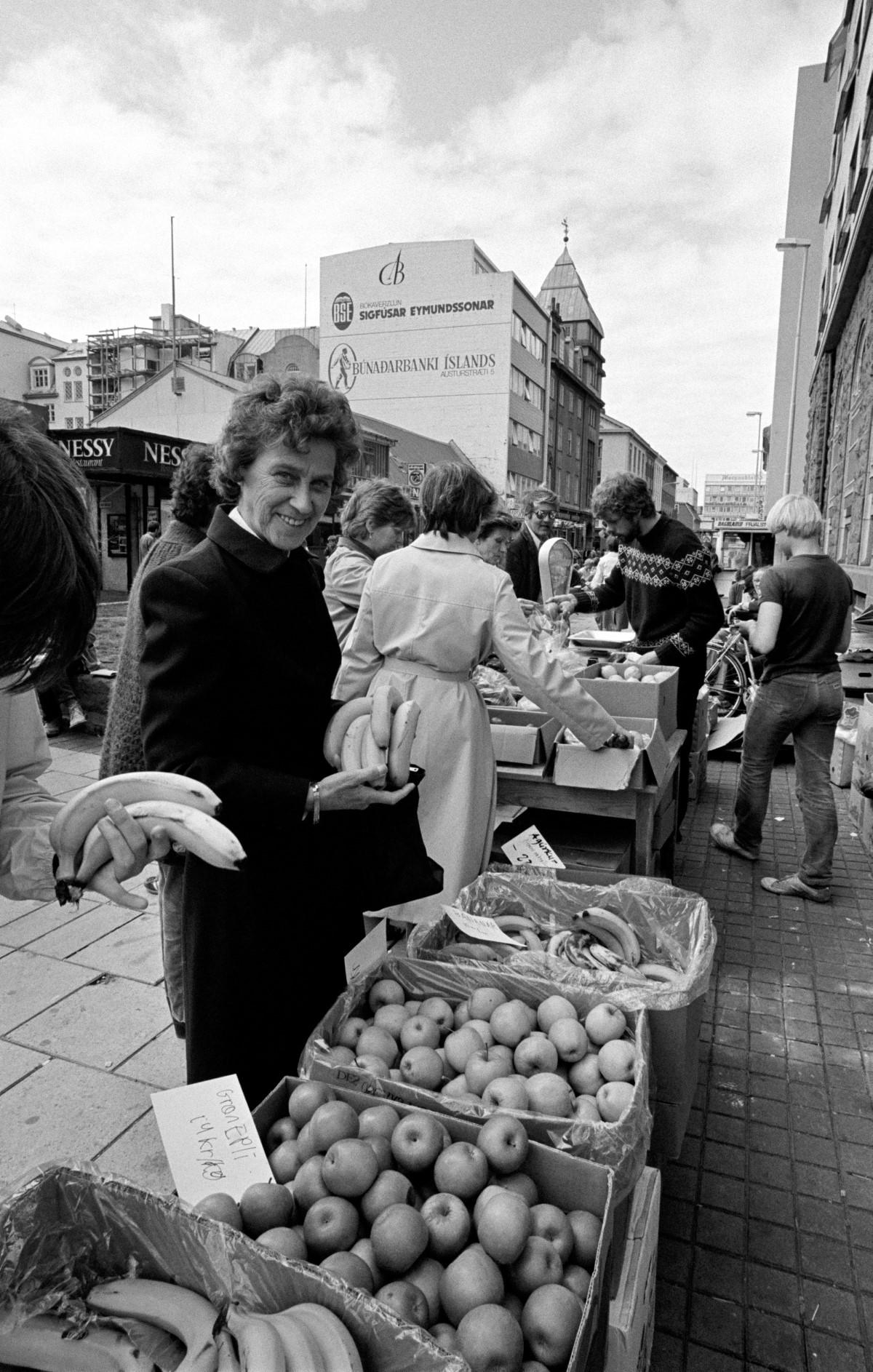New location for public market

Search for new facilities for a public market in the center of Reykjavík. Yesterday, the City Executive Council approved a plan to explore new locations for a public market in downtown Reykjavík. The survey aims to find a replacement for Tollhúsið (Customs House), which will soon be repurposed for use by the University of the Arts.
The purpose of the market survey is to gather ideas and information from interested parties about potential locations for a new public market in the city center, with the aim to start discussions with those who might have suitable property and/or respond to the advertisement. The advertisement is expected to be posted in the coming weeks.
The survey will be based in part on an analysis by the design firm m/studio_ of needs and possible locations, which was presented to the City Executive Council yesterday. Proposals from the working group on the city center public market for the next steps are expected to be available in the fall.
Flea markets add character to town
The Kolaportið Flea Market in downtown Reykjavík first opened on Saturday, April 8, 1989, located in the Reykjavík City parking garages beneath the Central Bank of Iceland at Arnarhóll, and took its name from that location. Media reported that 13,000 people attended the opening. Five years later, on May 15, 1994, Kolaportið moved to the ground floor of the Customs House on Tryggvagata, where it has remained since. The Development Company of Reykjavík rented the building from the Ministry of Finance and Economic Affairs and subleased it to the association for Kolaportið.
The Iceland Academy of the Arts moves into the Customs House
Today, the Iceland Academy of the Arts is operated at several locations throughout the city. There has long been discussion about the need to secure more suitable future premises for the school, and various options have been considered. On May 7, 2022, a turning point occurred in the school's housing situation when the Mayor, the Minister of Higher Education, Industry, and Innovation, the Prime Minister, and a representative from the Ministry of Finance and Economic Affairs signed a declaration of intent regarding its future housing in the Customs House on Tryggvagata. In anticipation of these events, the City Executive Council decided to appoint the aforementioned working group to review the issue of the public market in Reykjavík and put forward suggestions for its future organization.
Public market in the city center
Public markets are important for daily life
In the fall of 2022, Reykjavík City sought analysis from the design firm m/studio_ on housing needs and possible locations. The analysis, presented to the City Executive Council yesterday along with a proposal for a market survey, was completed last year and is based, among other things, on field research in Kolaportið in Reykjavík and an assessment of the space requirements for public markets.
The analysis highlights the value of such markets for daily life and notes that, according to research, social factors are one of the main reasons people go to public markets. It states that for their success, they need to be gathering places for locals, as they are among the few places where people of different social and cultural backgrounds come together. Public markets need to reflect the diversity of society so that everyone has something to seek there and feels welcome.
It discusses the importance of markets for tourists' experiences, that the product range appeals to different groups and is predictable but also unexpected, that rental costs for stalls are low, that diverse events are offered, that the location is good, and that the premises are accessible, convenient, memorable, attractive, and offer good flow. It also mentions the importance of a cohesive appearance and a strong brand.
The analysis is based on a framework that includes analyses and research compiled by the organization Project for Public Space (www.pps.org). It adheres to several criteria considered to have the greatest impact on the success of public markets:
- Visible and notable premises
- Proximity to other services and areas where people already gather
- Good access for pedestrians and vehicles, closeness to public transportation
- Convenient access for deliveries and nearby parking
- Premises well-suited for the activity
Space requirements and promising locations
The m/studio_ analysis does not specify a particular size for the overall space requirement of public markets but rather looks to the aforementioned criteria. It addresses the space needs for stalls, walking, dining, and event areas, and discusses that the best setup would be for the premises to be on one level, be flexible, and have high ceilings and wide walls. It is noted that Kolaportið currently has a total floor area of about 2,250 square meters, and a 1,200 square meter market would be on the smaller side..
Looking to various international models, suggestions for several locations in Reykjavík that the authors believe could be exciting to explore further are put forth, analyzed based on the aforementioned criteria. View the m/studio_ report for more details.
Further information:
- Mayor's proposal along with the report and the m/studio_ analysis (February 15, 2024)
- City Executive Council minutes, Discussion and approval, cf. agenda item No. 6 (February 15, 2024)
- Declaration of intent signed regarding future premises for the Iceland Academy of the Arts (May 7, 2022)
- City Executive Council approves cooperation on future premises for LHÍ, cf. agenda item No. 23 (April 28, 2022)
- Mayor's proposal, with a report on cooperation regarding future premises for LHÍ (April 26, 2022)
- Morgunblaðið: Kolaportið in the Customs House: Significant sales increase (news, June 28, 1994)
- Tíminn: "Excitement at Kolaportið" (April 14, 1989)
- DV (advertisement): “Good Start for Kolaportið – 13,000 guests on opening day…“ (April 13, 1989)

